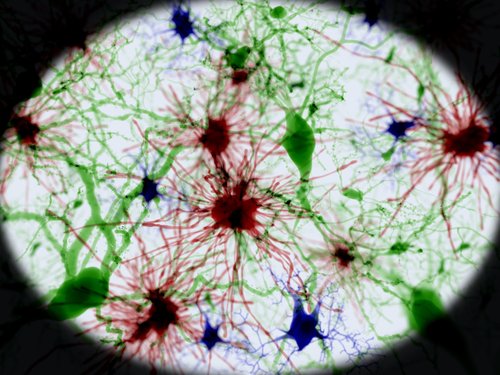N.Y. Stem Cell Foundation Grows Brain Immune Cells in a Dish, Offerings Clues into MS Research
Written by |

Researchers from the New York Stem Cell Foundation (NYSCF) have developed a method to produce brain immune cells, called microglia, from human stem cells. That can help scientists uncover biological mechanisms involved in multiple sclerosis (MS) and other neurological conditions.
“NYSCF’s mission is to bring cures to patients faster,” Susan L. Solomon, CEO and co-founder of NYSCF, said in a press release. “One way we work towards this goal is by developing methods and models that lift the entire field of stem cell research. This new protocol is the perfect example of the type of method that will enable researchers around the world to accelerate their work.”
Microglia cells guard the brain, removing toxic elements and protein abnormal depositions, among other things. This prevents brain inflammation and promotes tissue regeneration and repair. Although chronic activation of microglial cells may trigger the progression of MS, Parkinson’s disease, Alzheimer’s disease and other illnesses, many of the findings related to microglia resulted from studies done in mice models rather than humans.
NYSCF’s study, “Directed Differentiation of Human Pluripotent Stem Cells to Microglia,” appeared in the scientific journal Stem Cell Reports. It describers how researchers created a new source of human microglia cells that can provide better biological information.
According to the study, this microglia protocol is optimized for use in high-throughput experiments, such as drug screening and toxicity testing, and has the benefit of allowing such experiments to be carried out on multiple patient samples. The scientists determined that the protocol is robust and reproducible, generating microglia from 16 induced pluripotent stem (iPS) cell lines, or stem cells created from individual patients.
“Overall, our protocol provides…a new source of human microglial cells, which will complement studies in mouse models to better understand the role of microglia in health and disease” authors wrote. That could ultimately help researchers investigate microglia dysfunction in central nervous system disorders and advance complex disease modeling in a dish.





